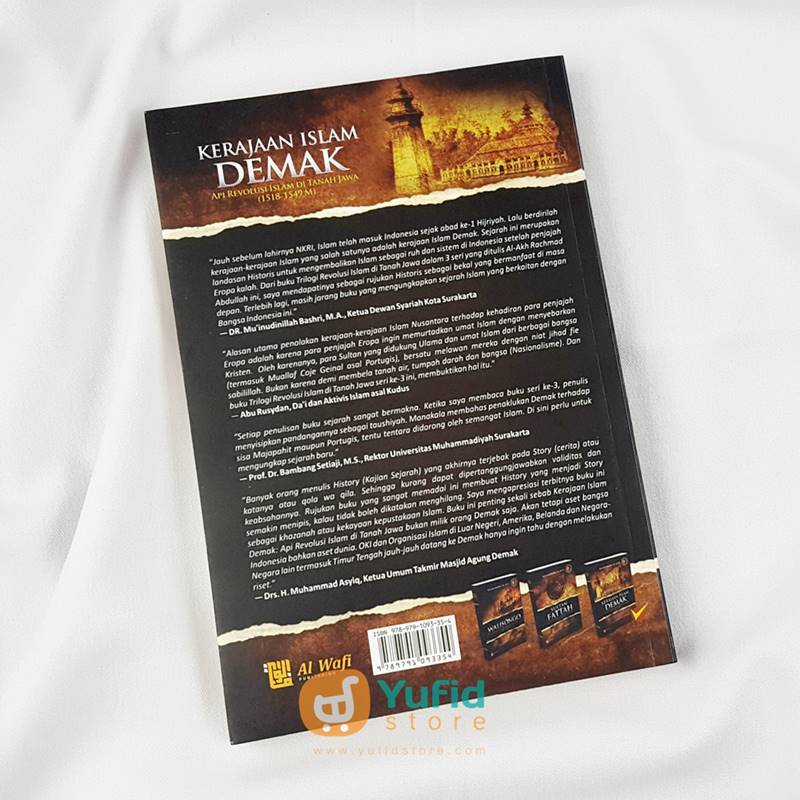


“ There still existed during the lifetime of the late rajah, Mudah Hassim, 4 the genealogical tree of the late royal family of Borneo, and annals of its history, but after his lamented death I could not learn what had become of them and the surviving brother, the present rajah, Mudah Mohammed, feared that these relics, which had been preserved through generations with the most religious care, had perished in the flames of the houses of the murdered pangerans.

Brunei governor in Sarawak, was killed in late 1845 or early 1846 on the orders o (.) In his account of Sarawak published in London after his first visit to Borneo, he refers to the written histories of Brunei in the possession of Malay nobles, and his hopes of obtaining copies: But from his earliest days in Sarawak he also evinced a deep interest in Malay history and culture, and an appreciation of the centuries-old role of the Malay kingdom of Brunei as the acknowledged sovereign power along the north coast of Borneo. He was the first European to climb Mount Kinabalu in 1851, and the highest and deepest points of the mountain bear his name: Low’s Peak and Low’s Gully. 3ĢLow gained considerable renown as a naturalist and explorer of Borneo, and identified several new botanical and zoological species. He remained in colonial service in Labuan until 1877, when he moved to the Malay peninsula as the fourth British Resident of Perak, a post he held until retirement in 1889. Low was a great admirer and supporter of James Brooke’s rule in Sarawak, and when Brooke was made Governor of the newly-established British colony of Labuan, Low was appointed Secretary to the government, taking up his post in early 1848. He first arrived in Sarawak in 1843 or 1844, and spent the next two years travelling and collecting botanical specimens. 3 For a biographical outline of Low and his career, see Sadka (1954: 17-21).ġSir Hugh Low (1824-1905) lived in Borneo for over thirty years.


 0 kommentar(er)
0 kommentar(er)
